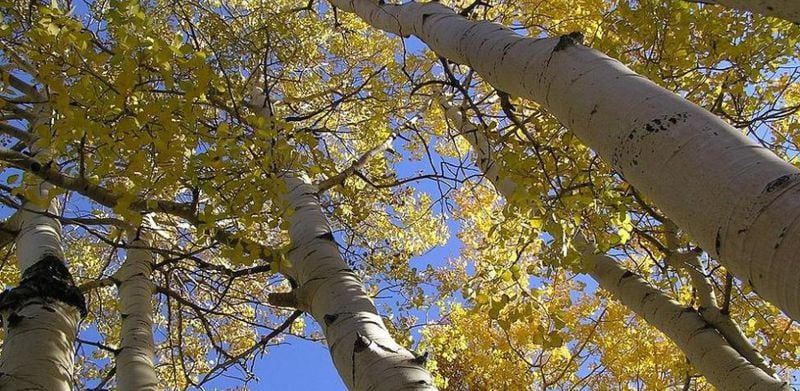A study from the University of O’Higgins (UOH) establishes how persistent drought conditions have affected the growth of this type of species in central Chile, adding that their rings can show what the climate was like there. hundreds and thousands of years old.
Did you know that the rings generated in the trunks of trees have a lot to tell us? They can, for example, show what the weather was like hundreds and thousands of years ago, long before conventional weather stations existed.
O’Higgins University scholar Alejandro Venegas recently spoke about these veritable “open books” in a lecture “ Tree rings witnessing climate change: applications and issues of dendrochronology ”.
Venegas, who has worked in dendrochronology (a scientific discipline that studies the environmental changes recorded in the annual growth rings of trees) and forest ecology, raises the connection and relationship between the history of trees and climate change. “There is a decline in the growth of different tree populations, located between the regions of Valparaíso and Maule, probably induced by the historic drought – which began in 2010 – which caused large-scale tree mortality, in some places,” he explains.
He details that in the central area of the country -between Coquimbo and Maule- there are unique forests in South America, which stand out for a high level of species endemism, that is, they do not grow only in these regions. “In the lecture, we spoke specifically about two forests: the sclerophyllous forest, where numerous endemic species predominate, such as the peumo, the quillay and the hawthorn; and the deciduous forest, which refers to forests that lose their leaves in autumn and winter, such as the Santiago oak and the hualo,” the academic points out.

Severe damage to native trees due to drought over the past decade
On this occasion, Venegas took advantage of the presentation of the new laboratory opened by the UOH to study dendrochronology, word derived from the Greek dendron (tree), cronos (time) and logos (knowledge). “We hope that this new laboratory will be essential in answering questions about the adaptation and vulnerability of forests, like other nationally recognized dendrochronology laboratories such as the Austral University and the Pontificia Universidad Católica de Valparaíso. “, he says.
“As well as conducting top-notch research, this will be an opportunity for undergraduate and postgraduate students who want to grow in the field of forest ecology,” Venegas added.
The academic establishes that research in this field offers the possibility of “providing instruments that can contribute to future decision-making that will enable us to better manage natural resources both from the point of view of the management and conservation of native forests”.

“Forests have an essential ecological role for those of us who live in large cities, and this role translates into ecosystem services which, in the case of the basins of central Chileare the regulation of the air, the hydrological cycle, the participation in the dynamics of carbon, carbon sequestration and are the habitat of countless animal species. In addition to allowing the creation of non-timber forest products, such as the production of honey, the collection of seeds, leaf mold, natural leaves such as boldo”, concludes the researcher.
Source: Latercera
I am Robert Harris and I specialize in news media. My experience has been focused on sports journalism, particularly within the Rugby sector. I have written for various news websites in the past and currently work as an author for Athletistic, covering all things related to Rugby news.


